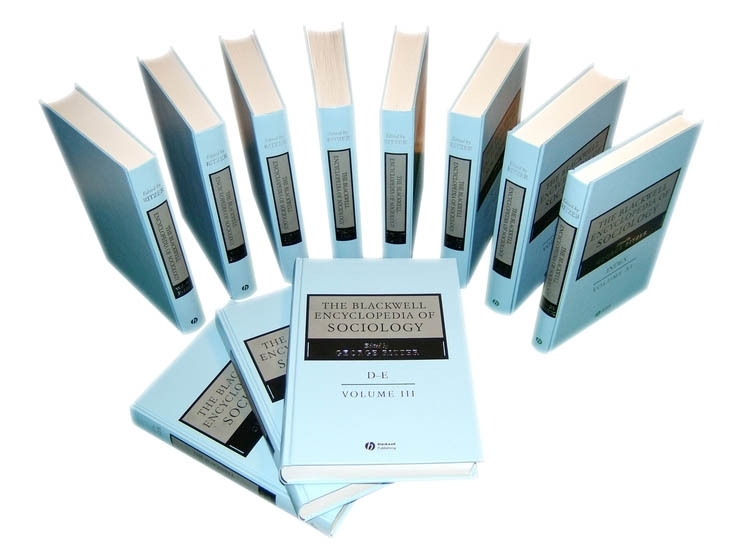Cognitive Dissonance Theory (Festinger)
Abstract
Cognitive dissonance theory (Festinger, 1957) posits that individuals seek to maintain consistency among multiple cognitions (e.g., thoughts, behaviors, attitudes, values, or beliefs). Inconsistent cognitions produce unpleasant states that motivate individuals to change one or more cognitions to restore consistency with other cognitions (i.e., consonance). Cognitive dissonance was one of many theories based on the principle of cognitive consistency that grew from early theories such as balance theory (Heider, 1946, 1958). Unique to Festinger's approach was the proposal that cognitive dissonance is an aversive mental state that motivates individuals to reduce the dissonance. Although the original conception of cognitive dissonance theory was intended to apply to a broad range of psychological phenomena, subsequent research tended to focus on attitudes and behavior.



